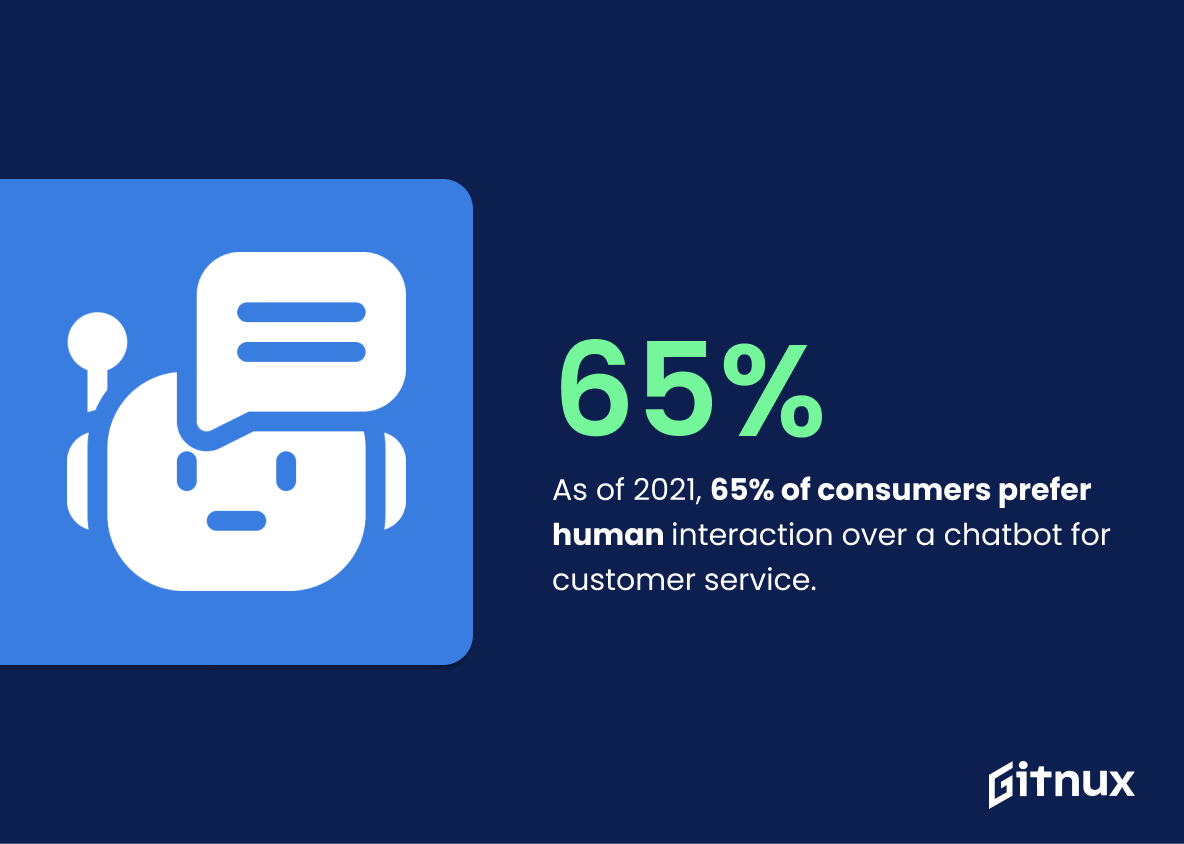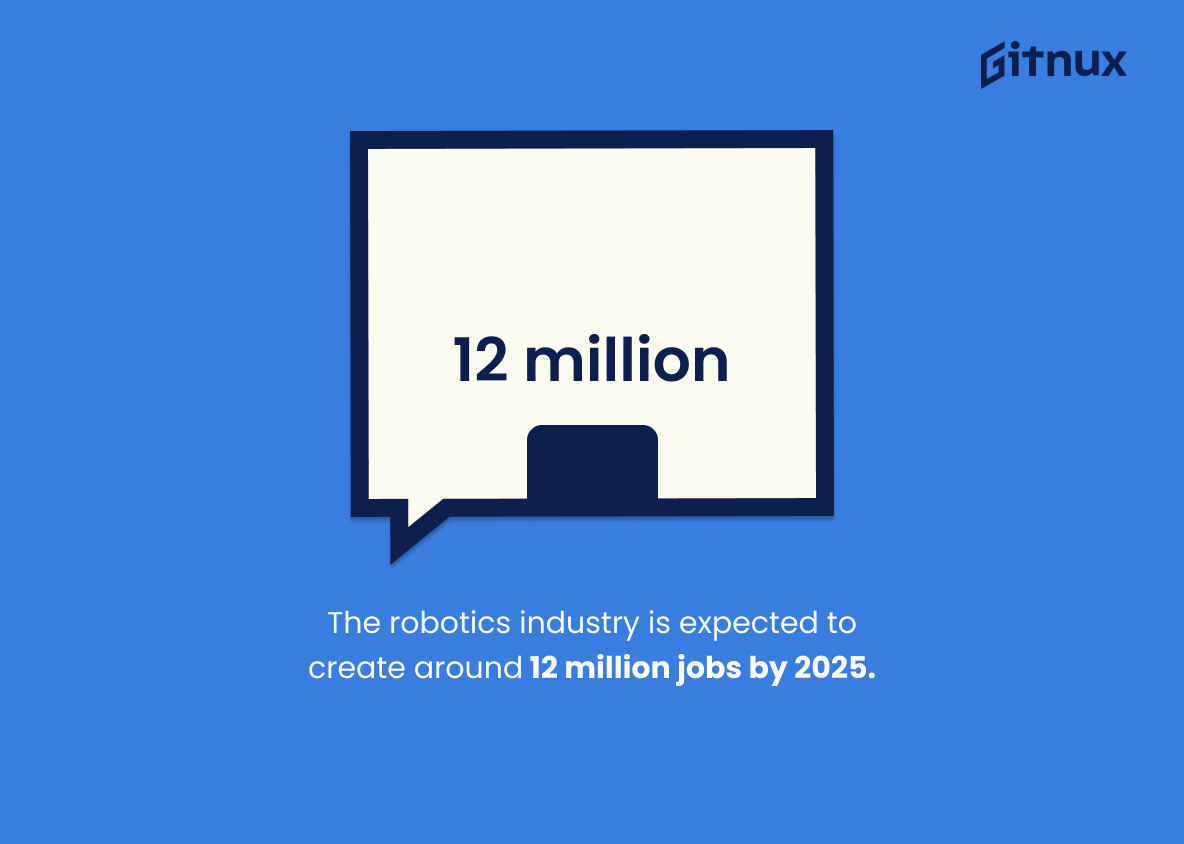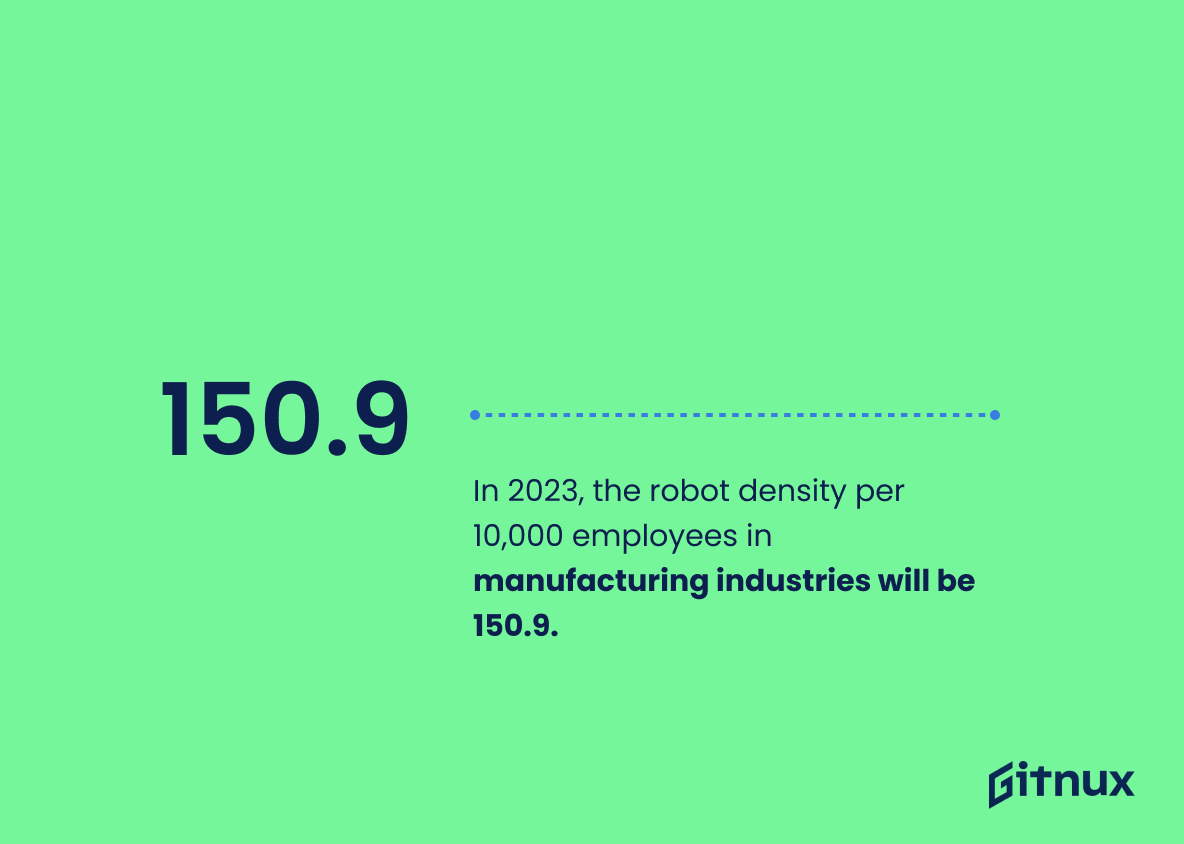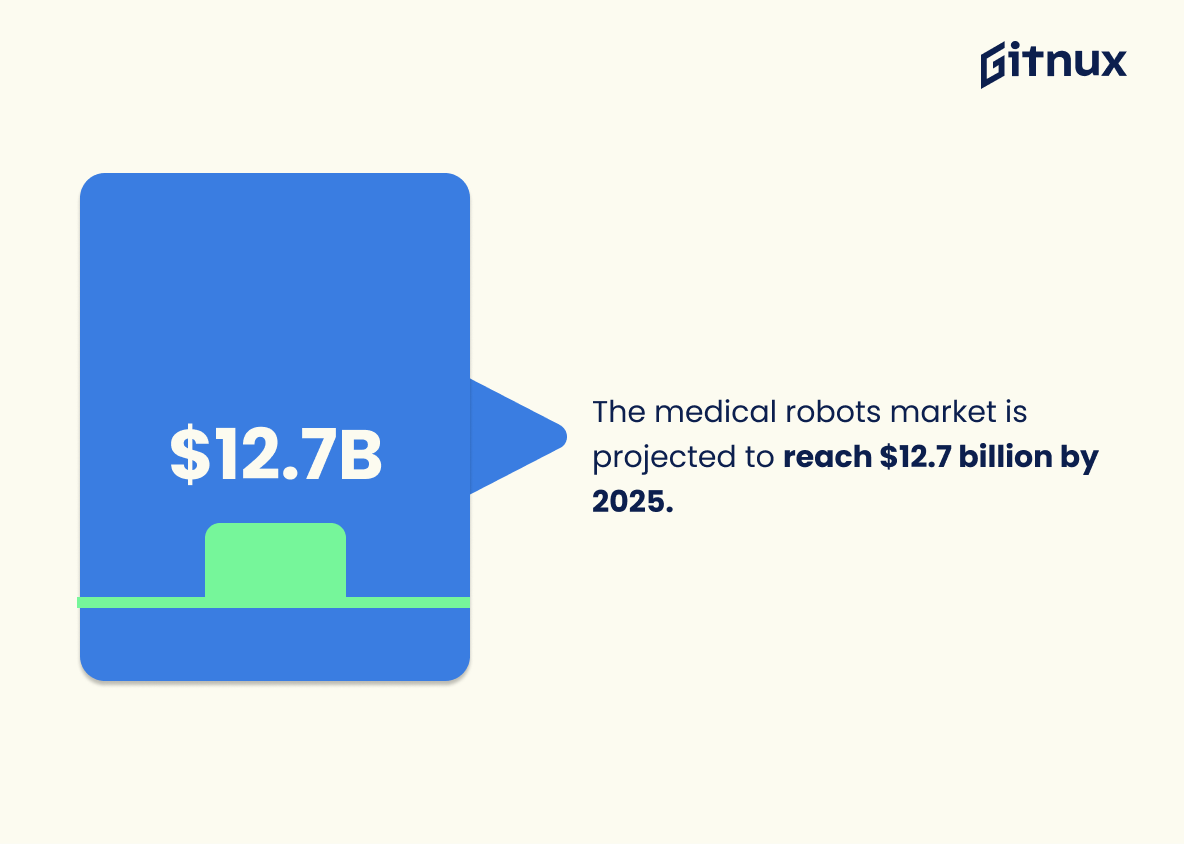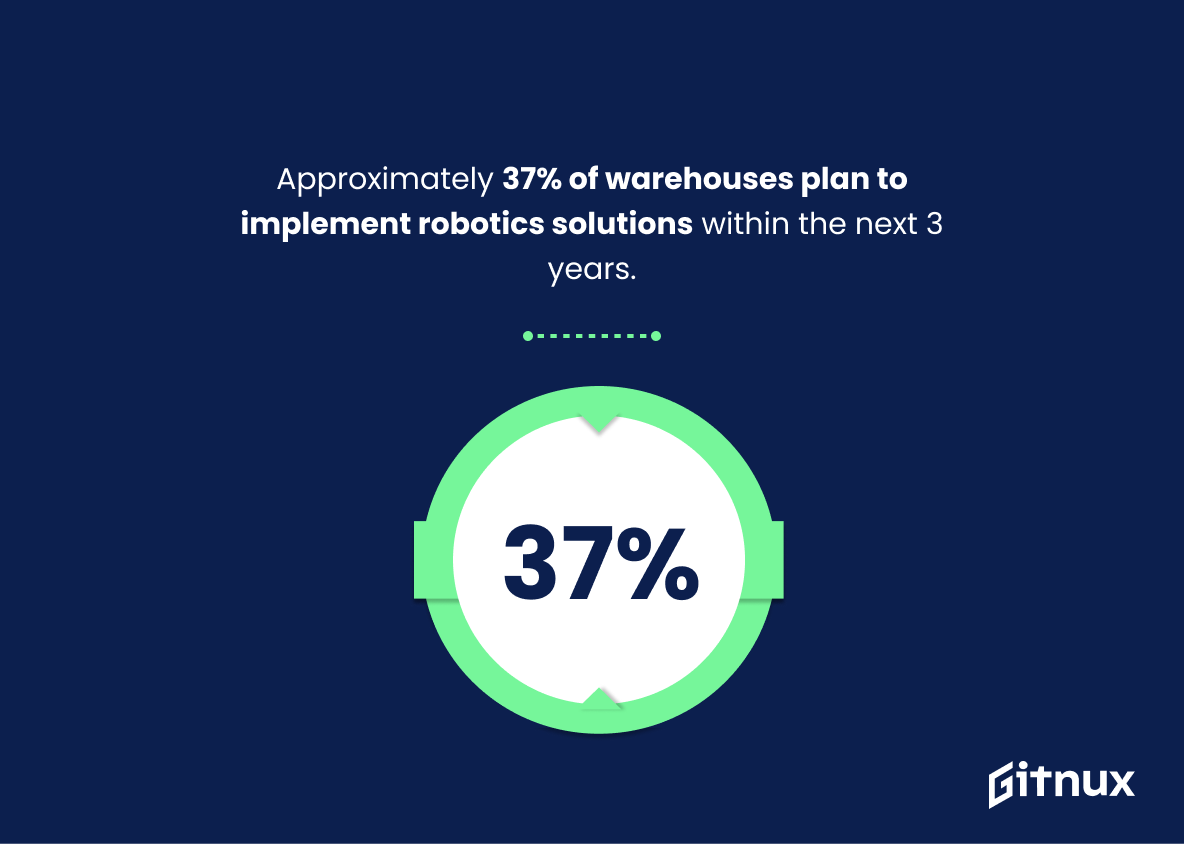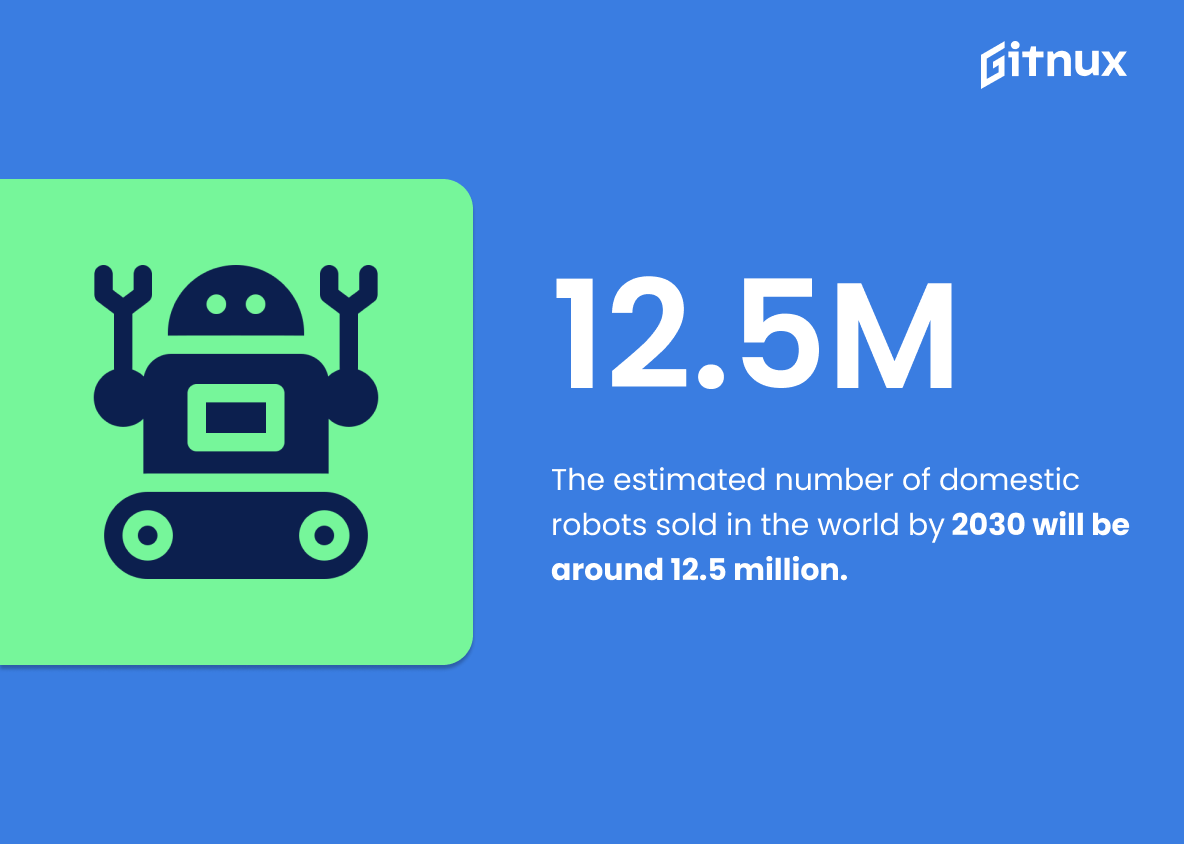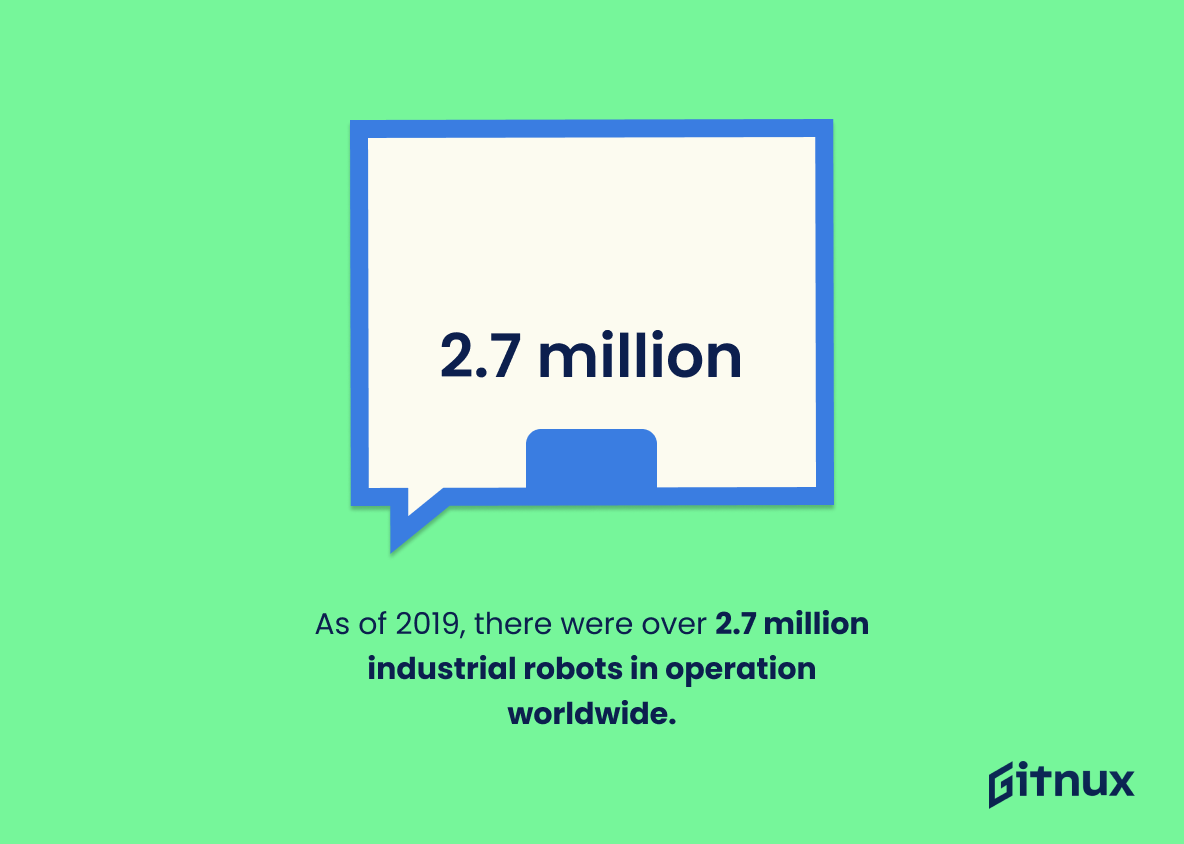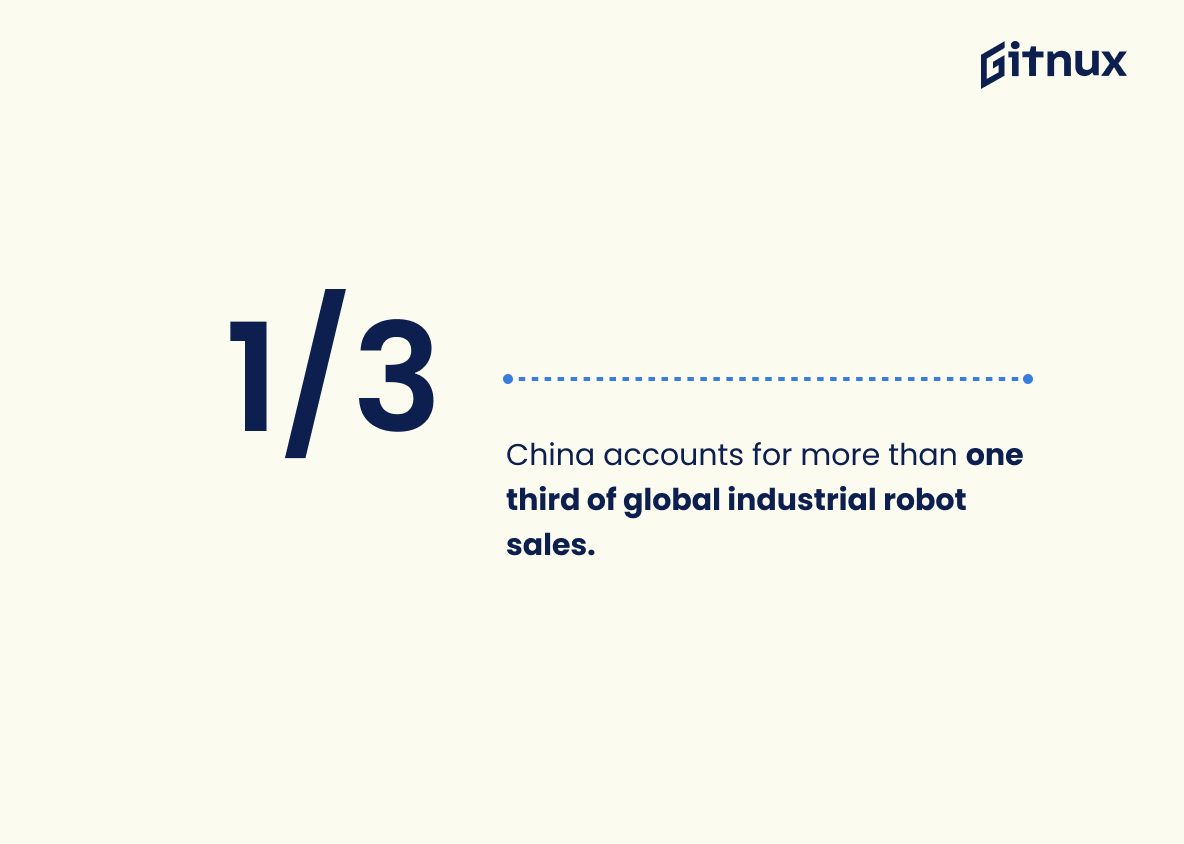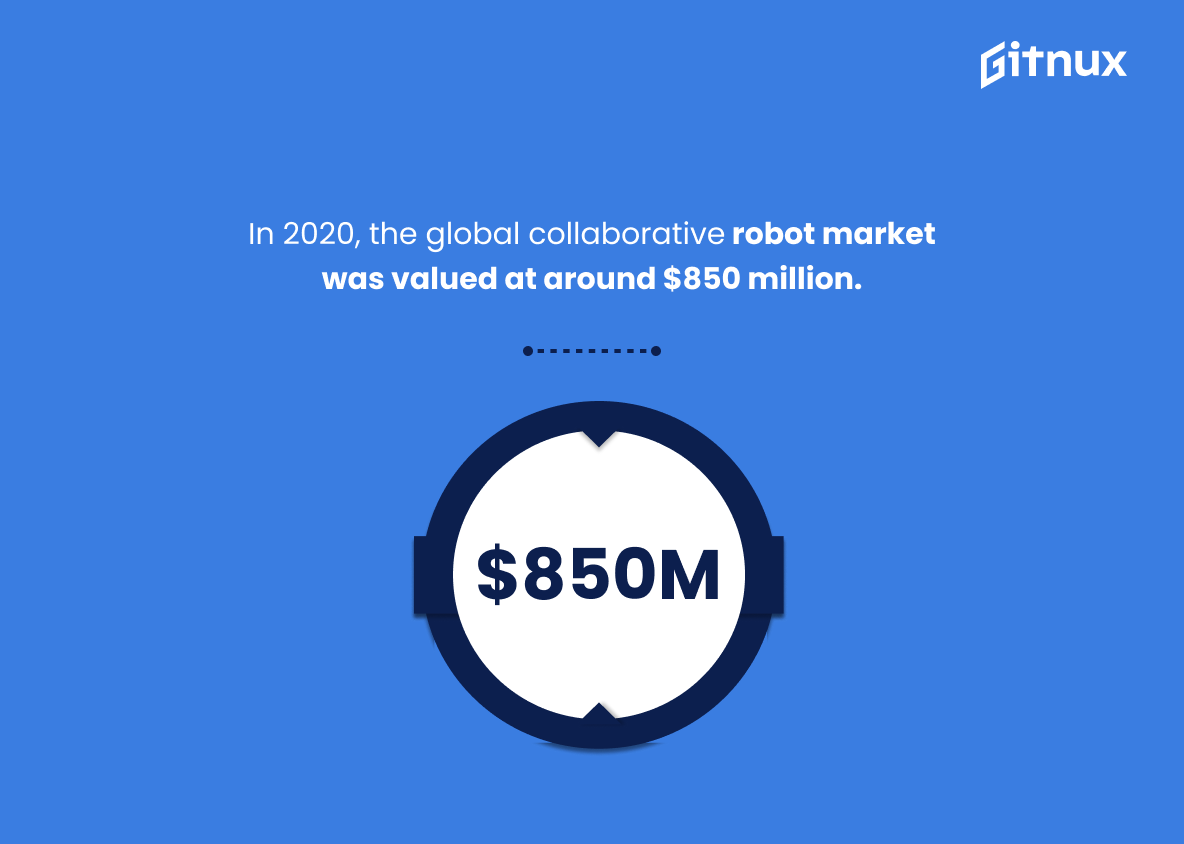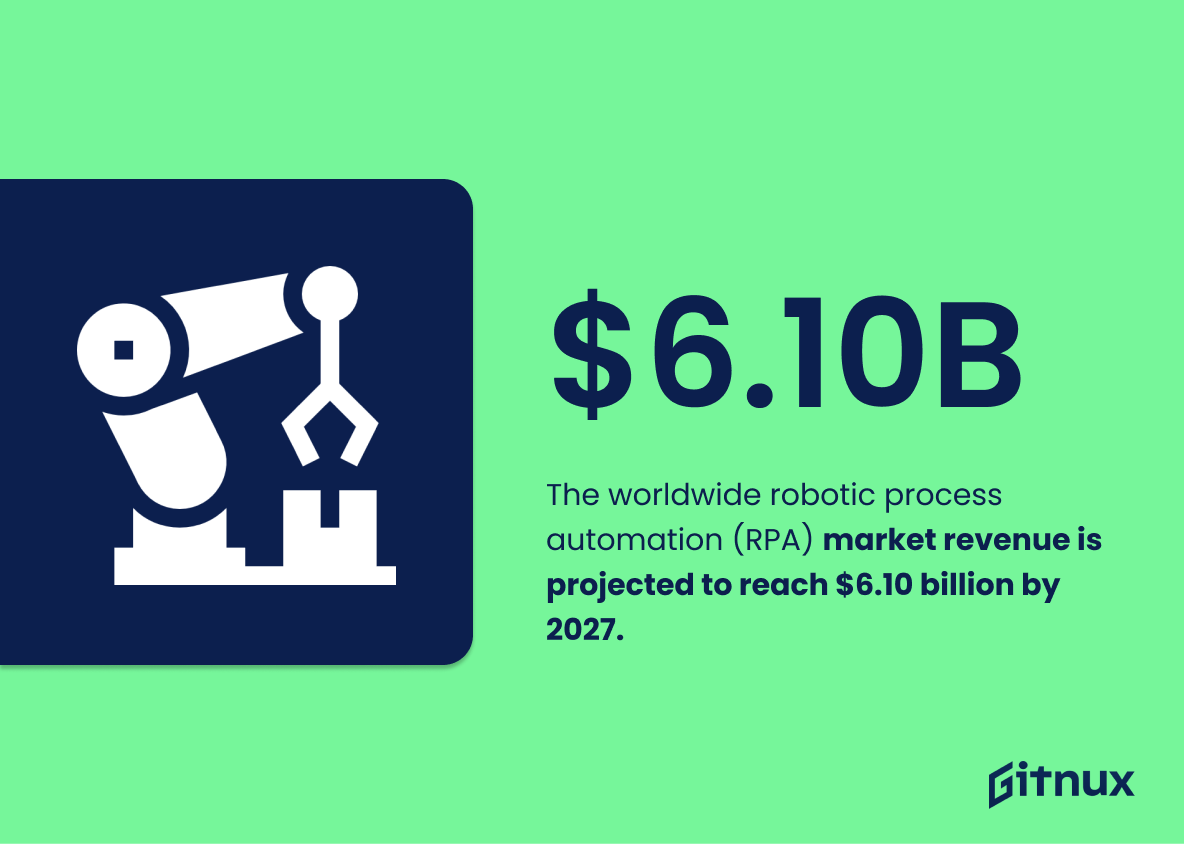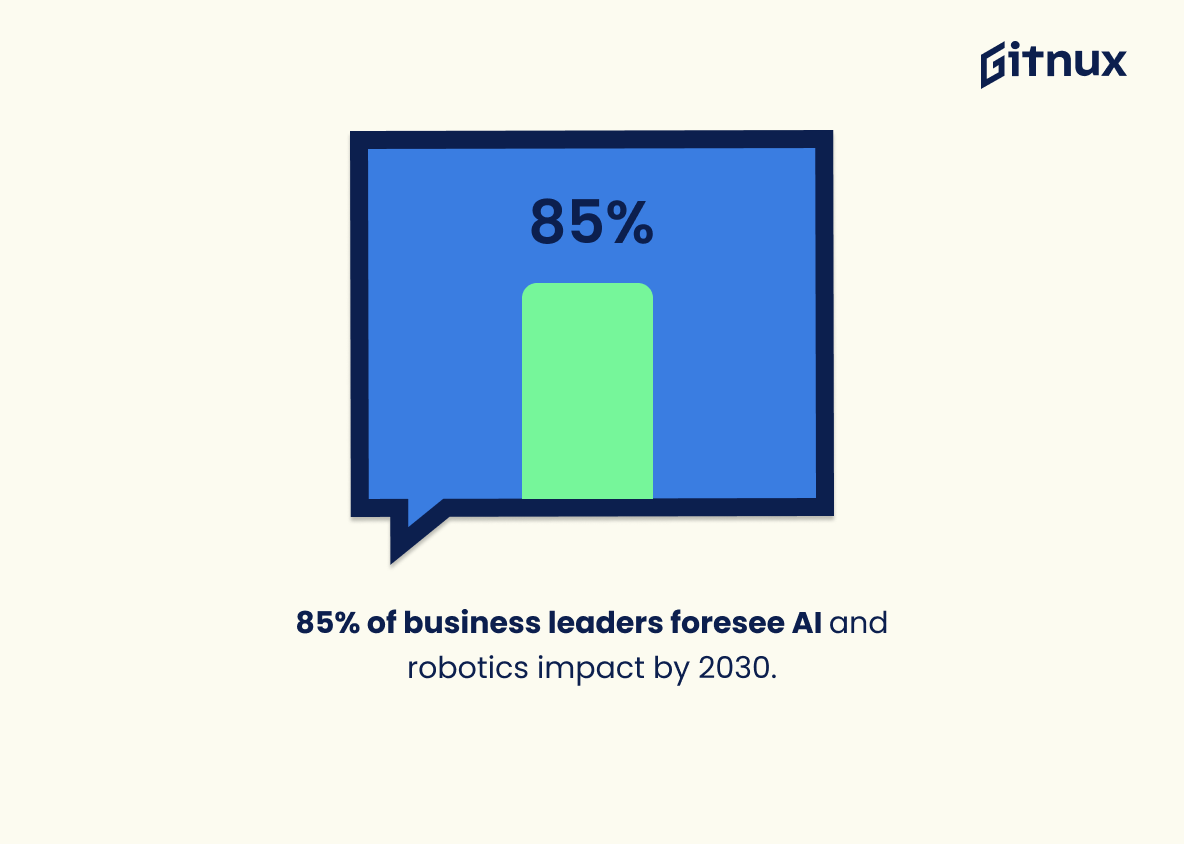As the world continues to move forward in technological advancement, robots are becoming increasingly prevalent. From industrial and agricultural applications to consumer products and services, robotics is transforming how we live our lives. This blog post will explore some of the most recent statistics on robot usage around the globe, including market size projections for 2025, estimated number of robots in use worldwide by 2023, sales figures from 2019-2021, customer preferences for human interaction over chatbots as well as job creation estimates through 2025. We’ll also look at industry specific data such as medical robotic systems market value predictions by 2025 and warehouse automation plans within 3 years. Finally we’ll examine global trends related to domestic robot sales forecasts up until 2030 along with business leader opinions about artificial intelligence (AI) & robotics impact on workplaces by then year end.
Robot Statistics Overview
As of 2021, 65% of consumers prefer human interaction over a chatbot for customer service.
This statistic is a telling indication of the current state of customer service, highlighting the fact that the majority of consumers still prefer human interaction over a chatbot. This is an important point to consider when discussing the impact of robots on customer service, as it shows that there is still a need for human interaction in this area. This statistic can be used to illustrate the importance of providing quality customer service, and how robots may not be able to replace humans in this area.
The robotics industry is expected to create around 12 million jobs by 2025.
This statistic is a powerful indicator of the potential of the robotics industry to revolutionize the job market. It suggests that the robotics industry is on the brink of creating a massive influx of jobs, which could have a significant impact on the global economy. This statistic is a clear sign that the robotics industry is a force to be reckoned with, and its potential to create jobs should not be underestimated.
In 2023, the robot density per 10,000 employees in manufacturing industries will be 150.9.
This statistic is a telling indication of the increasing prevalence of robots in manufacturing industries. It paints a picture of a future where robots are an integral part of the manufacturing process, and highlights the potential for automation to revolutionize the industry. It is a statistic that should be taken seriously by those interested in the future of manufacturing.
The medical robots market is projected to reach $12.7 billion by 2025.
This statistic is a testament to the potential of the medical robots market, indicating that it is set to experience significant growth in the coming years. It is a clear indication that the industry is on the rise, and that it is likely to become an increasingly important part of the healthcare landscape. As such, it is an important statistic to consider when discussing the impact of robots on the medical industry.
Approximately 37% of warehouses plan to implement robotics solutions within the next 3 years.
This statistic is a telling indication of the growing prevalence of robotics solutions in warehouses. It shows that a significant portion of warehouses are looking to adopt robotics technology in the near future, demonstrating the potential for robotics to revolutionize the industry.
The estimated number of domestic robots sold in the world by 2030 will be around 12.5 million.
This statistic is a telling indication of the growing prevalence of robots in our lives. By 2030, it is estimated that 12.5 million domestic robots will be sold worldwide, demonstrating the increasing demand for robots in our homes. This statistic is a powerful reminder of the potential impact robots can have on our lives in the near future.
As of 2019, there were over 2.7 million industrial robots in operation worldwide.
This statistic is a testament to the growing prevalence of industrial robots in the modern world. It speaks to the increasing automation of industrial processes, and the impact that robots are having on the global economy. It is a powerful indicator of the potential for robots to revolutionize the way we work and live.
China accounts for more than one third of global industrial robot sales.
This statistic is a testament to the immense impact China has had on the global robotics industry. It highlights the country’s commitment to automation and its ability to capitalize on the potential of robotics technology. This statistic is a clear indication of the growing importance of robotics in the Chinese economy and its potential to revolutionize the way we do business.
By 2030, robots could potentially take over approximately 20 million manufacturing jobs worldwide.
This statistic is a stark reminder of the potential impact robots could have on the global workforce. It highlights the need for governments and businesses to prepare for the potential displacement of millions of workers in the manufacturing sector. It also serves as a warning to those in the industry to start planning for the future and to consider how they can best adapt to the changing landscape.
In 2020, the global collaborative robot market was valued at around $850 million.
This statistic is a testament to the growing popularity of collaborative robots, highlighting the immense potential of this technology. It shows that the market for collaborative robots is rapidly expanding, indicating that more and more businesses are recognizing the value of incorporating robots into their operations. This statistic is a clear indication that robots are becoming an increasingly important part of the global economy, and it serves as a reminder of the importance of staying up-to-date on the latest developments in the field of robotics.
The worldwide robotic process automation (RPA) market revenue is projected to reach $6.10 billion by 2027.
This statistic is a testament to the growing importance of robotic process automation (RPA) in the global market. It shows that RPA is becoming increasingly popular and is expected to continue to grow in the coming years. This is an important point to consider when discussing the impact of robots on the economy and society as a whole. It is also a useful indicator of the potential for businesses to benefit from the use of RPA in their operations.
In a survey, 85% of business leaders believe that artificial intelligence and robotics will have a significant impact on the workplace by 2030.
This statistic is a powerful indicator of the potential for artificial intelligence and robotics to revolutionize the workplace in the near future. It shows that the majority of business leaders are confident that these technologies will have a major impact on the way we work, and this could have far-reaching implications for the future of the workforce. This statistic is an important piece of evidence to consider when discussing the potential of robots and AI in the workplace, and it should be included in any blog post about robot statistics.
Conclusion
The statistics presented in this blog post demonstrate the rapid growth of robotics and automation technologies across a variety of industries. By 2025, the global market for robots is expected to reach over $170 billion, with an estimated 37 million robots in use worldwide. Industrial robot sales have decreased slightly since 2019 but are still high at 373,100 units sold globally that year. Consumers prefer human interaction over chatbots for customer service as of 2021; however, it is predicted that 12 million jobs will be created by 2025 due to robotics industry growth. Additionally, robotic density per 10,000 employees in manufacturing industries is projected to increase significantly from its current level (150.9) by 2023 while domestic robot sales could potentially reach 12.5 million by 2030 according to estimates made today. Collaborative robot markets were valued at around $850 million in 2020 and consumer robotics markets are expected to exceed 19 billion dollars within four years’ time frame too. Finally 85% business leaders believe AI & Robotics will define technology landscape come 2030 which further reinforces our belief about how much impact these two fields can make on workplace dynamics going forward.
References
0. – https://www.www.globenewswire.com
1. – https://www.www.businesswire.com
2. – https://www.www.mckinsey.com
3. – https://www.www.statista.com
4. – https://www.www.marketsandmarkets.com
5. – https://www.ifr.org
6. – https://www.www.uktech.news
7. – https://www.www.grandviewresearch.com
8. – https://www.www.oxford-review.com
9. – https://www.www.weforum.org
10. – https://www.www.pwc.com
